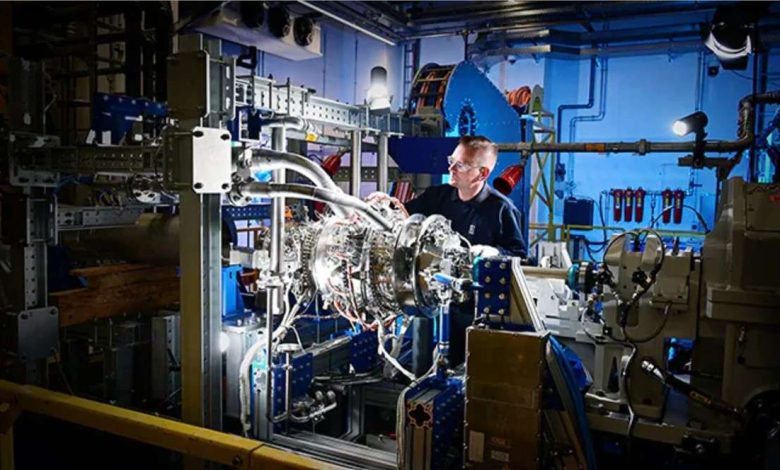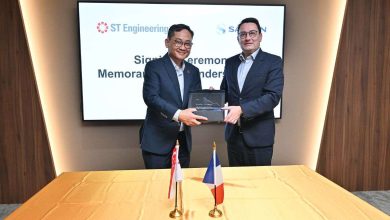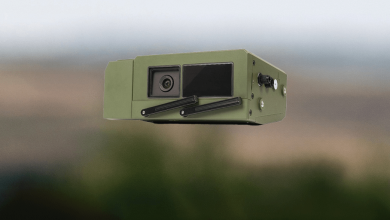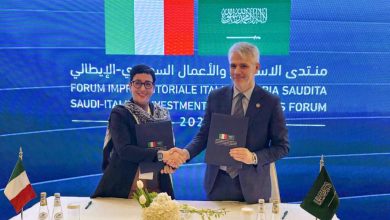
Revolutionary Rolls-Royce Hybrid-Electric Engine Achieves Milestone in Fuel Testing
A brand-new Rolls-Royce compact gas turbine, crafted specifically to fuel hybrid-electric aviation, has triumphantly accomplished its inaugural fuel burn. This engine is engineered with innovative combustion technology to yield ultra-low emissions, and this remarkable milestone verifies the efficiency of the compact, high-power turbine intended for integration into an ultra-light weight turbogenerator framework.
The entire turbogenerator framework is being innovated for the Advanced Air Mobility (AAM) sector. This encompasses electric vertical take-off and landing (eVTOL) and electric short take-off and landing (eSTOL) aircraft intended for Urban Air Mobility (UAM) along with commuter aircraft projects accommodating up to 19 seats. The gas turbine currently in testing also holds potential for helicopters, auxiliary power units (APU), and defense sectors.
Matheu Parr, Director of Customer Relations, Electrical, expressed:
Rolls-Royce is advancing all-electric and hybrid-electric power and propulsion solutions for the Advanced Air Mobility sector. The initial fuel burn of our innovative compact gas turbine marks a notable advancement, with successful phases throughout the testing from ignition to system pull-away.
“This remarkable milestone follows a rapid development timeline of the new gas turbine from concept finalization to ‘pass to test’ in less than 2 years. The turbogenerator framework will empower our clients to broaden the routes that electric aviation can facilitate, allowing more passengers to travel further on low and potentially net-zero emissions aircraft.”
The turbogenerator structure will enhance Rolls-Royce’s electrical propulsion lineup by providing an onboard energy source with scalable output options ranging between 500 kW and 1,200 kW, thus enabling longer ranges on sustainable aviation fuels and later, when available, through hydrogen combustion. This innovation will unlock new, extended routes beyond what electric battery-powered airplanes can currently achieve.
The development of the turbogenerator solution merges Rolls-Royce’s proficiency in crafting compact and lightweight high-speed rotating electric engines, coupled with highly efficient gas turbine technology, and the expertise required for seamless integration at both system and platform levels.
Testing facilities and equipment, comprising a total of 14 subsystems, were devised, acquired, and constructed—or modified—by a global team in a record duration of just under a year. The testing assembly includes generic components like valves and hoses, along with custom subsystems such as fuel injection systems, oil and ventilation setups, engine mounts, and water brakes that were customized for the specific testing demands of this innovative technology.
The inaugural tests enabled the team to cultivate highly pertinent knowledge and gather real data to validate key technical specifications of the design. This will facilitate design modifications for the subsequent testing phase, ultimately aiming towards the maturation of a certified engine with top-tier performance for this emerging market sector.
Matheu further noted:
With this accomplishment, we have demonstrated our ability to leverage our expertise for innovative designs and test them on an accelerated timeline. This capability will aid Rolls-Royce in delivering products that contribute to our journey towards net-zero within the ambitious timelines set forth by the Advanced Air Mobility market.”
The turbogenerator can be utilized for serial or parallel hybrid applications. It is ideally positioned to recharge batteries as well as supply power directly to electrical propulsion units, therefore allowing aircraft to alternate between energy sources during flight. The research and advancement of this technology are partially financed by the German Ministry for Economic Affairs and Climate Action.
Rolls-Royce is innovating comprehensive power and propulsion solutions for all-electric and hybrid-electric applications. Our portfolio encompasses state-of-the-art technology, from power generation and energy storage through power electronics and control systems to electric motors.







